From August through October, “The Wide Line” blog will feature a series of columns authored by Dan Strongin, a well-known name in the food industry.
Chatting with Jerry and John and listening to Nelson-Jameson’s history (recounted in the last blog post) moved me. The conversation evolved into the kind of discussion that fundamentally changes the way you see things. It is a rare chance to listen to the unvarnished story of a well-run company…a first-hand witness account…the gold standard of historical accounts. So, let’s pick up where we left off, discussing the advantages of one-stop suppliers:
Jerry: After 9-11 there were new issues of chain of custody, food security, and safety that came about. If you buy from a supplier who is not secure, who brings E. coli into your plant, your cost of business just went out of the window. This one-stop shopping model was relevant in 1947, but with a global marketplace, it's even more relevant today.
[NOTE]: Let’s take a momentary break from the interview to discuss what Jerry just said. One of the ways to minimize unwanted effects, better known as chaos, is to simplify: to minimize or eliminate unnecessary variables which could allow chaos in. By purchasing from a supplier with the expertise to guarantee the safety and security of the supply chain, you hand off a whole host of complexities to them, freeing your internal resources to focus on making your product without worry. No one can do everything, and in today’s brave new world of bacteria, how much is it worth to know that Nelson-Jameson has got your back?
John: Years ago, our competitors in laboratory were 800-lb gorillas. We competed with them pretty successfully, even though we were almost always buying things at a disadvantage. They carried all kinds of laboratory glass, including educational and environmental glass that had all kinds of different uses: most of which looked similar but was not what cheese makers and food processors needed. The burden of expertise was high. We absorbed this burden of expertise. We saw it as our competitive advantage to only provide our customers with the choices of products that they could use, making the choice clear, leading them to better decisions.
Jerry: It has been an evolution. When I first showed up we had 9, then 7, and now 4 with subs inside there.
John: It took the usual course of evolution, which is radical change for some short periods, and little change for longer periods. One of the things that really influenced the development of our product line was publishing a catalog, which we first did in the late 70's. One of the most enlightening projects for a company is to produce a catalog if you’ve never done it. You expose your offering to actual logic. You have the one-inch size and you have the 1 ½ inch size, but not the 2 ½ inch….Why? The first catalog was really not much more than a documentation of what we had been doing; it turned out that we only had what customers had asked us for previously.
I was much younger then and full of energy. The second catalog made it clear that much of what we carried was going to be technologically obsolete in a very short time. I feared that it was going to cause us big problems, so I got catalogs from competitors and from companies that sold to our customers that had things we didn’t sell. In order to be able to sell what we lacked, we had to come up with a system to manage our inventory, both to ensure that the people buying from us could have rapid access to what they needed, while at the same time ensuring we didn’t get buried in inventory, which would cause us to raise our prices.
That was the beginning of us developing mutually beneficial partnerships with other distributors: something we still do today. They were willing to drop ship to us until a product began to sell enough that we could afford to stock it, if it ever did. That led to some embarrassment. We would buy a case of 144, sell 1, and then have 143 for another 5 years. As I said, it was an evolution.
The categories came about while driving back after a sales meeting in Wisconsin. My dad and I, and one of our salespeople, began discussing product management; by the time we got home we had decided we would organize ourselves around product categories and create individual manager positions to oversee each area.
Jerry: I think these categories were critical to Nelson-Jameson’s development. It was the start of who we are now.
John: Our perspectives on this continue to evolve. One of the things we have talked about for a long time and haven’t really mobilized yet is having more service and information products. We are going to move in that direction more and more, I think. The trick is to get paid for it, but we’ll figure that out over time.
[NOTE]: The conversation will veer into logistics next, with Jerry and John opening up about their way of doing business that will have profound implications for anyone dependent on the supply chain.
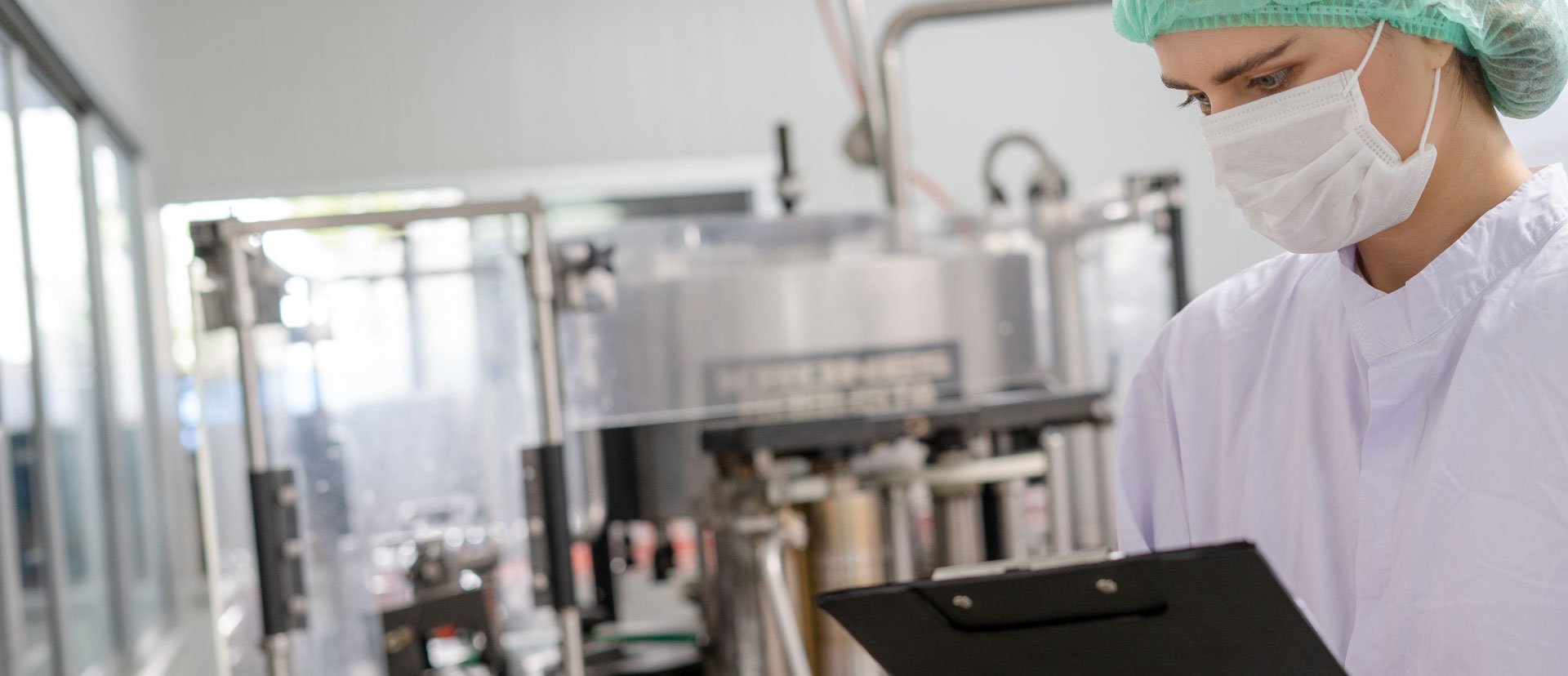
December 10, 2025
What is OSHA's Regional Emphasis Program (REP) for the food manufacturing industry? The OSHA Regional Em...
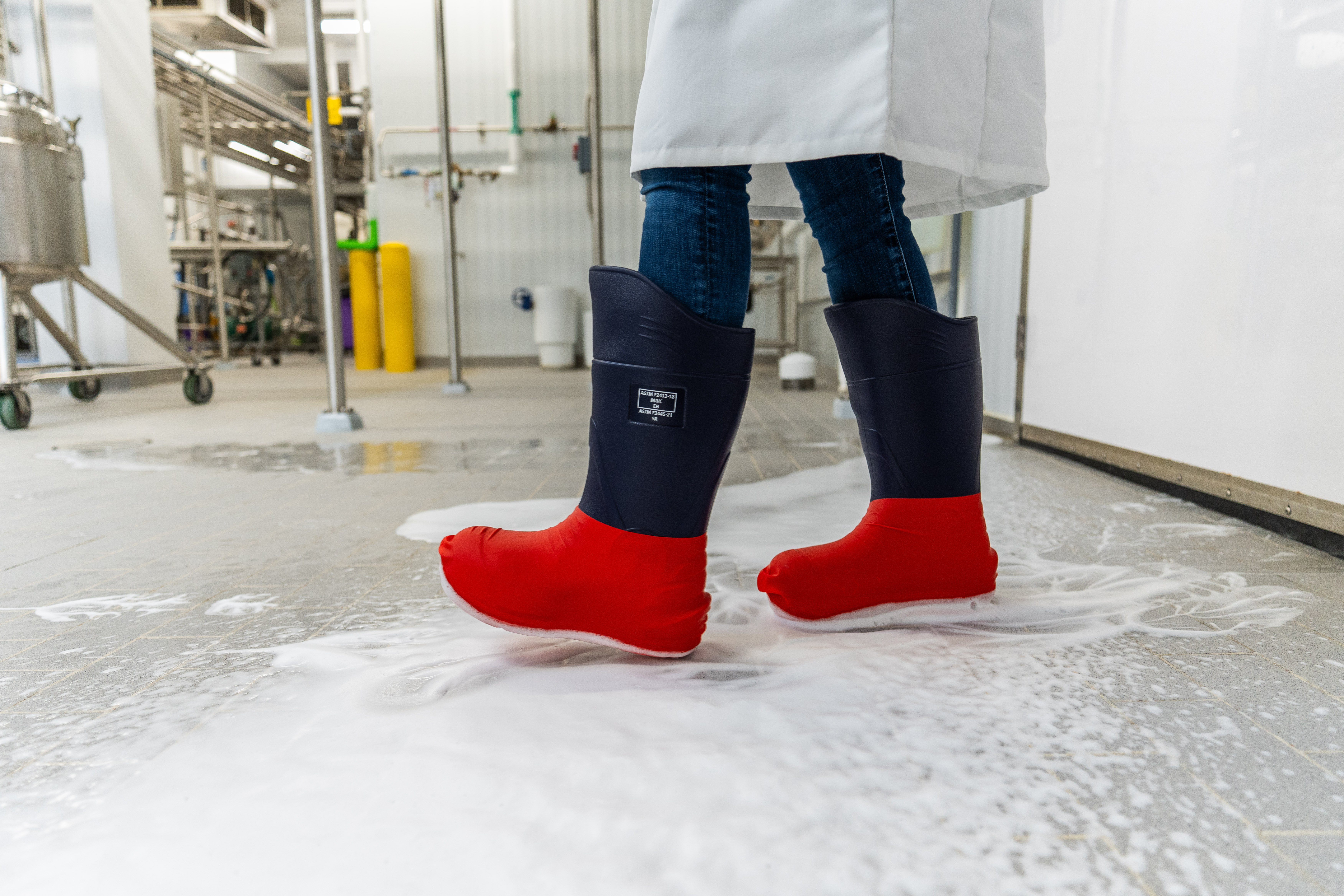
December 8, 2025
There is a fundamental connection between worker safety and food safety: A failure in worker safety can ...
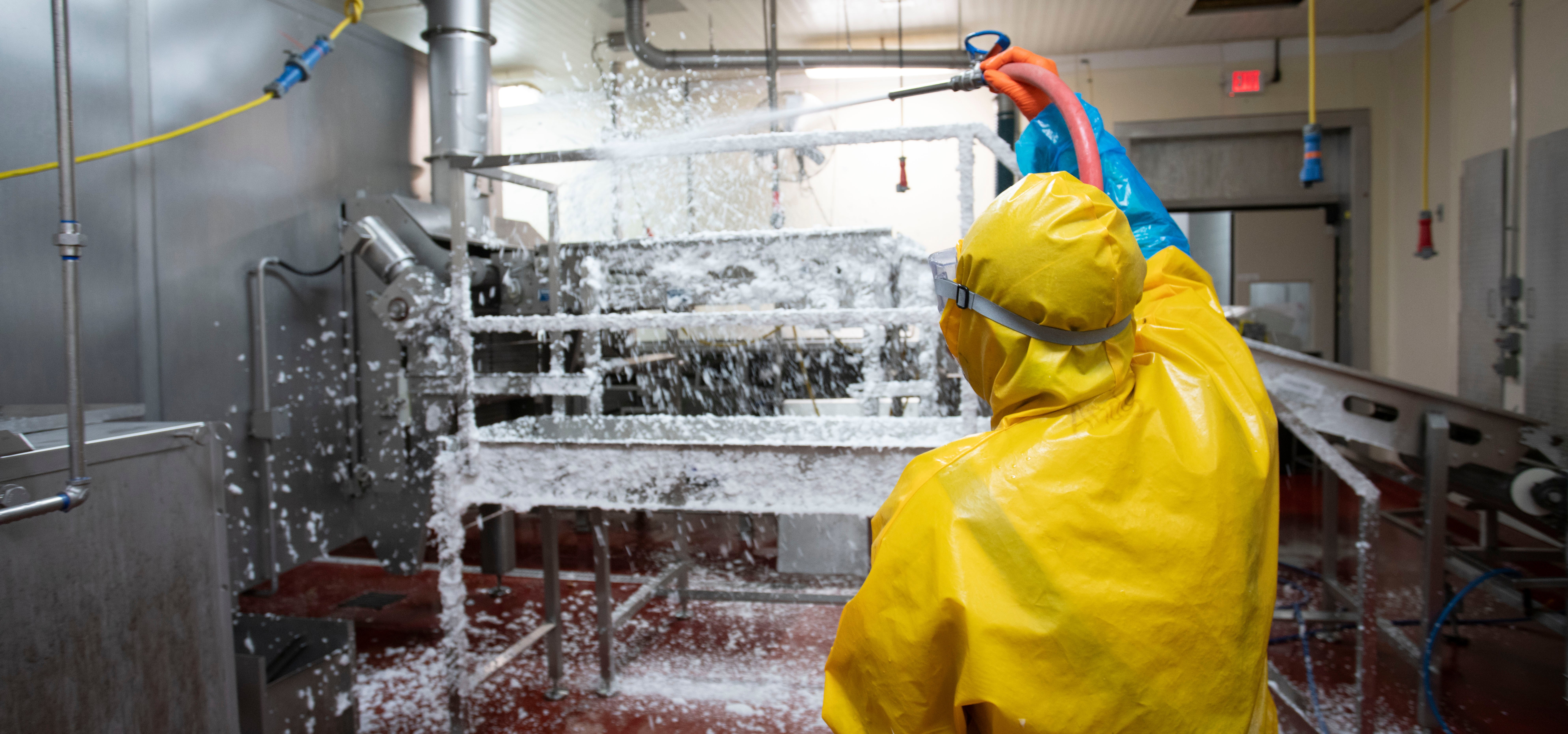
December 1, 2025
Nelson-Jameson understands that efficiency and worker safety are equally important goals in food manufac...
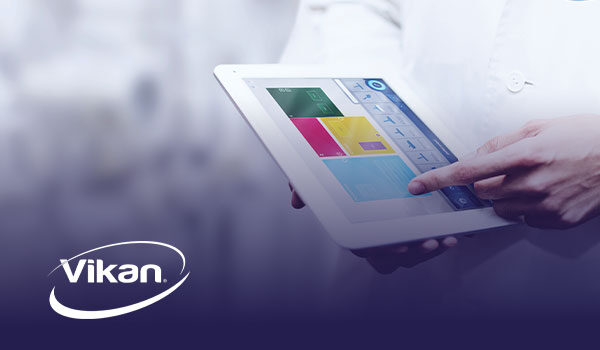
Recognize and address possible hygiene and sanitation challenges based on the cleaning and material handling equipment available in your facility.
Through a discovery call, virtual, or on-site assessment, Vikan SQF Practitioner certified specialists will assist in confirming that your system and cleaning tool inventory aligns with your risk management objectives while pinpointing any missing tools and enhancing maintenance and usage practices. Evaluate whether your existing tools are utilized in the most effective manner, or determine if a more suitable tool exists for the task at hand. Ensure that your tools comply with all relevant standards and regulatory requirements. Site evaluations encompass a summary survey, an overview of the location, a color-coded factory layout plan, product suggestions, a recommended order form, and a proposal for a follow-up survey.
Food Safety, Sanitation, Cleaning Tools, Color Coding
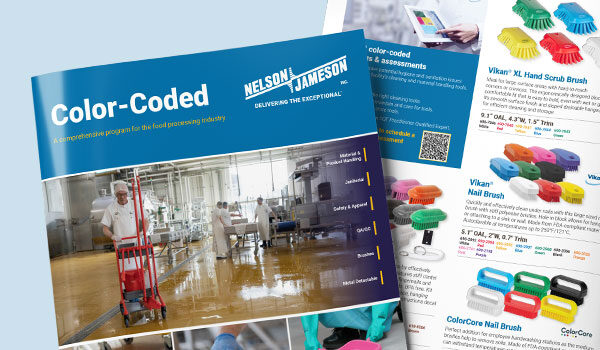
This is a comprehensive program for the food processing industry. Nelson-Jameson brings together the most extensive collection of color-coded products for material handling, product handling, janitorial, safety, apparel, QA/QC, and metal-detectable applications. With the right pieces, a color-coding system is a powerful tool in preventing cross-contamination of allergens and food-borne illnesses that can lead to sickness or expensive product recalls.

Food Safety, Sanitation, Cleaning Tools, Color Coding
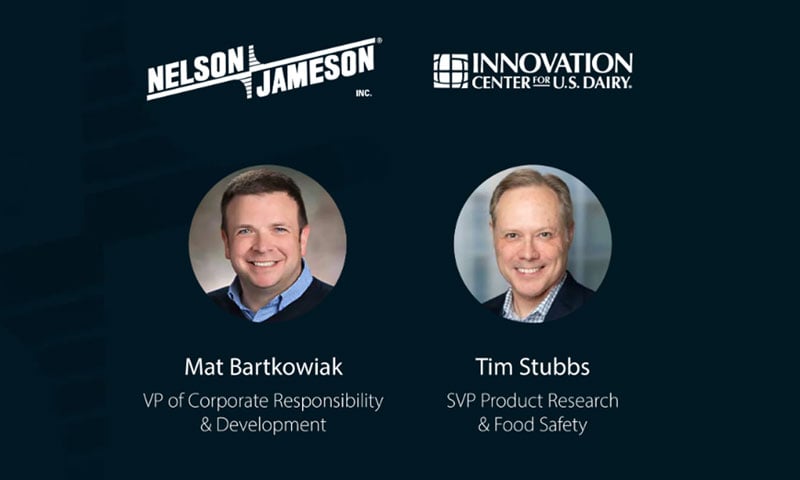
Food Safety
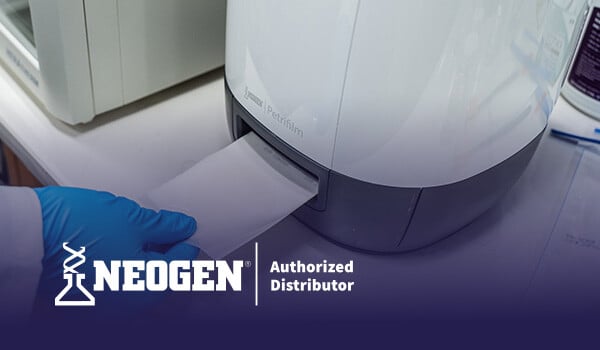
Get Petrifilm Certified through our complimentary immersive workshop for managers, personnel, and teams. The workshop offers practical knowledge through hands-on training and networking with industry professionals and experts. Attendees gain an in-depth understanding of Petrifilm technology and valuable insights into effective environmental monitoring practices. Participants leave with a certification and a wealth of resources that can significantly contribute to elevating their plant's quality control standards.
Food Safety, Sanitation, Laboratory